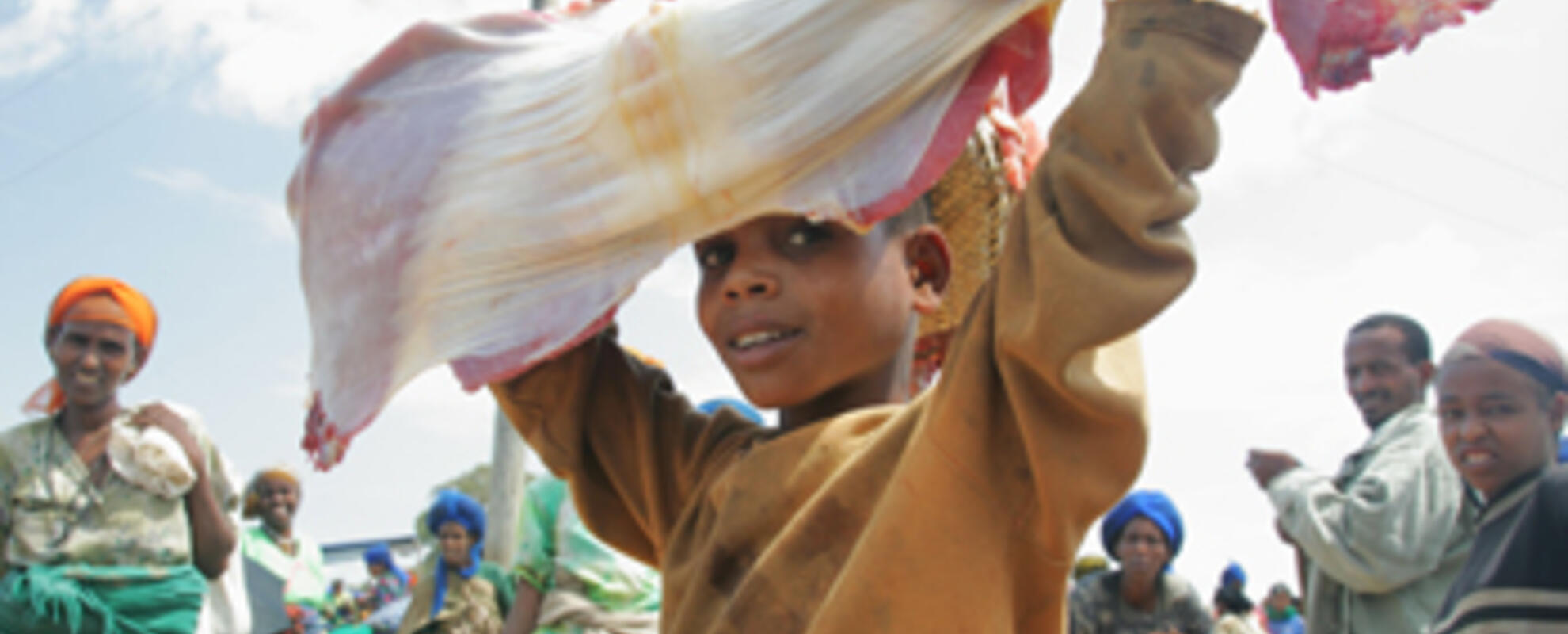
Innovative beef value chain development schemes in southern Africa
Southern Africa’s smallholder cattle production, especially in dryland grazing areas, is currently dominated by low productivity, with sales occasioned by household cash needs rather than planned delivery to the market. On both supply and demand sides of the cattle market, new opportunities are appearing. Irrigated areas offer opportunities for livestock production from fodder crops and crop residues, but capital remains a constraint on smallholder crop producers’ ability to purchase animals and associated equipment. In addition, limited sales and widespread informal slaughter contribute to low and irregular incomes for smallholder cattle producers and traders.
Few comprehensive attempts have been made to analyze Swaziland’s value chains for key aspects of linking supply and demand via smallholder production, and the current proposal includes such analysis as advocacy for selected upgrading options. The proposed project engages with existing projects to establish grass-based fattening systems adding value to by-products of the sugar industry (i.e. molasses), crop by-products and residues, and on available pastures. It promotes innovative and comprehensive models facilitating the access to financial and marketing services to beef value chain stakeholders.
The project will facilitate delivery of fattened smallholders’ cattle to slaughterhouses, to quality and logistic specifications.
Facilitated access to finance provides a start-up package for fattening of cattle on irrigated fodder, crop by-products and residues, and on available pastures. Traders’ purchase of a batch of cattle, and their placement with a contracted smallholder fattening household, is to be facilitated by a loan repayable after 6 months, upon slaughterhouse-contracted sale of the fattened cattle.
The approach taken features 3 phases, addressed by overlapping project components:
- Capacity and institution-building that connects value chain actors, equips them for objective measurement of quality attributes, and connects them with ways and means of market entry.
- A proof-of-concept of a value chain finance product entailing design, introduction and appropriate monitoring;
- A scaling-up phase focused on communication and knowledge management.





